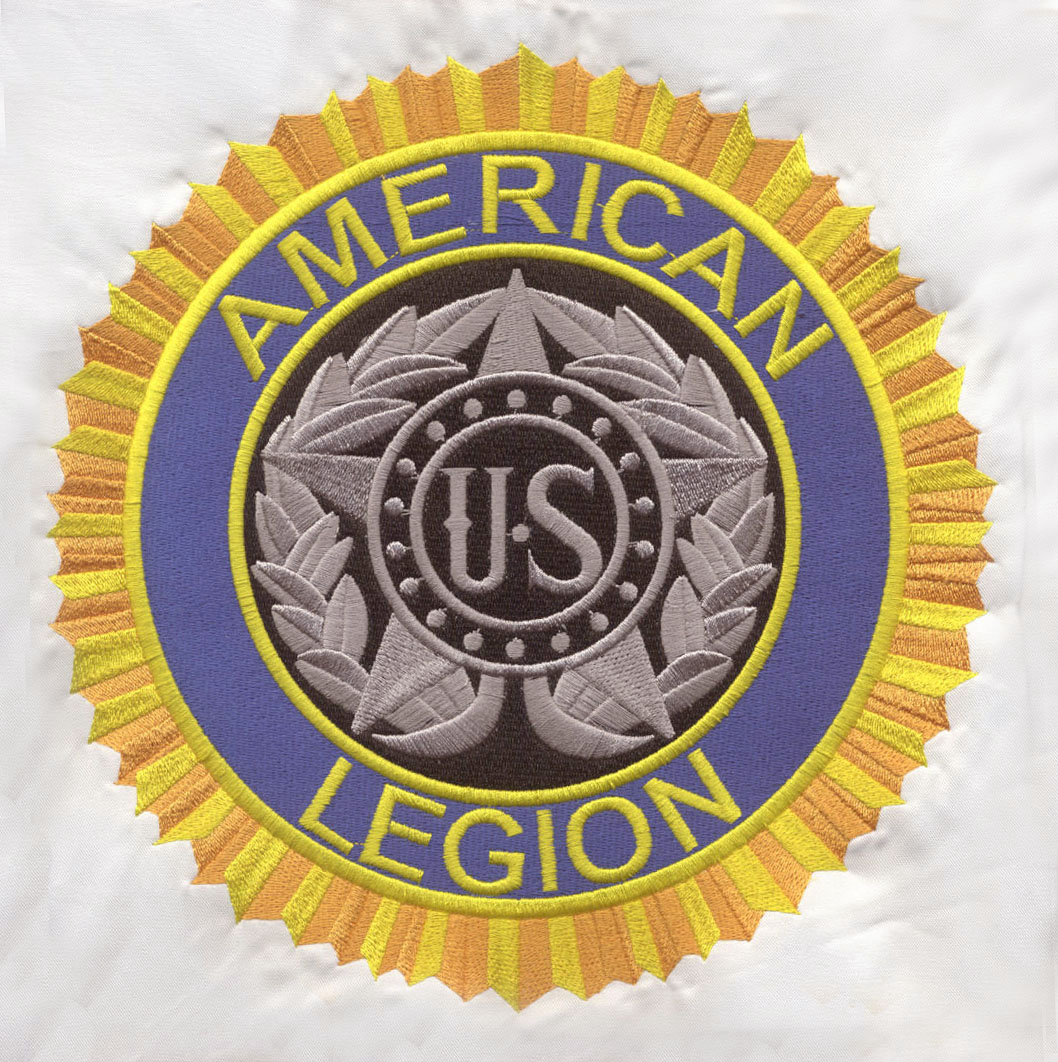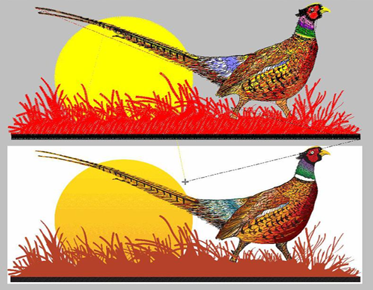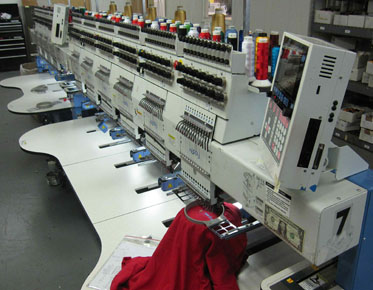Which Patch Is Right for You on Embroidery Digitizing?
If you are thinking about ordering a patch on embroidery digitizing for your company or organization, there are many things you need to think about before you place an order. One of the most important factors to consider is: What kind of patch is the most suitable for your needs?
Three common choices are available, each
with its own pros and cons. By knowing the advantages and disadvantages of each
patch, you will be able to figure out which one is most suitable for your
needs. There are advantages and disadvantages to each type of patch, and which
is best for you and your company will be determined by the way you want to
express it with your patch.
Embroidery patches
It is generally agreed that the embroidered patch is a true classic. When thinking of patches, it's usually what comes to mind and is probably the most common type of patch. These patches can be sewn or ironed on to clothing and fabrics, depending on the type of backing preferred. Embroidered patches have a rich and dimensional quality due to their traditional look. They do have one drawback, however: Complex, intricate designs don't always work well with embroidered patches; they're often best for simple designs.
Woven Patches
Woven patches have the advantage of
providing customers with a better level of detail than embroidered patches.
These patches have a very clean look and can be used with various types of
backings such as heat seal, plastic or velcro. The thread used to create these
patches is much thinner than traditional embroidery patches, which is why these
patches can have more detail than traditional embroidery patches. Small fonts
and more intricate details don't pose a problem with this type of patch,
although the level of detail in the design is limited.
Dye Sublimation Patches
Dye sublimation patches or printed patches
are quite different from other types of patches because they give you a wider
range of color options and allow for almost lifelike images. This is because
every molecule of the patch is dyed. The general consensus is that the more
detailed the patch you want, the more you should consider dye sublimation
models. In some cases, with this type of patch, manufacturers may also include
embroidery, giving the finished product a more textured look. Sublimation
patches differ in other ways, too. It involves an actual printing process that
differs from the other two types of patches. Sublimated patches are printed
using reverse printing as a background. Also, because sublimated patches don't
use threads, they won't fade as quickly as other types of patches. One final
detail to consider is that since this patch is dyed, it will create a cleaner look
that will also last longer.
The
final selection of your design is the one that seems best to you. This is an
individual decision, but some types of patch will work better depending on your
final goal. The best way to ensure that you have the correct patch is to talk
to a expert who will help you choose the correct one.



